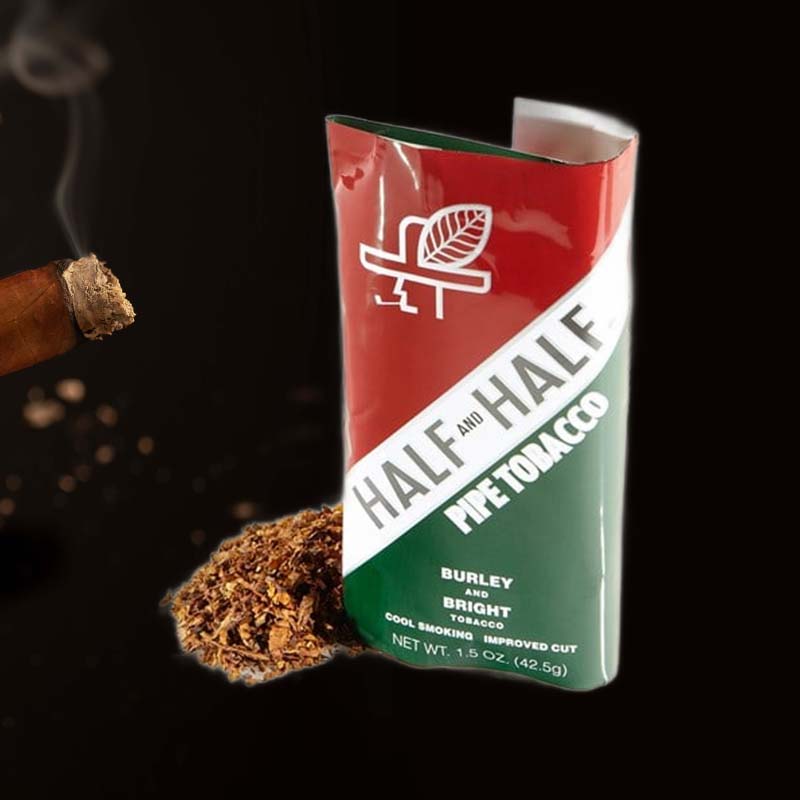Micro torch not lighting
Let me take you on a journey through a common frustration that many of us face – a micro torch that won’t light. Picture this: you’re about to embark on a culinary adventure, ready to caramelize some sugar for that perfect crme brle or perhaps shape a delicate piece of art with your crafts. Yet there you stand, torch in hand, and it refuses to spark. The frustration can be real, but fear not, because I’m here to tackle the reasons and solutions for this pesky problem.
Common Reasons Your Micro Torch Is Not Lighting
Butane Lighter Tank is Empty
First things first, let’s start with the most apparent issue; is your butane tank empty? I’ve found myself in this exact scenario before, and it’s usually a straightforward fix. If you can’t remember the last time you refilled it, then it’s worth checking. A simple gas level indicator can save you the trouble of guesswork.
Need to Adjust Your Fuel Settings
Sometimes, adjusting the fuel settings can be the magic touch. I’ve noticed that the flame height can vary based on the temperature and the surroundings. So, if the flame isn’t coming to life, cranking the adjustment knob might just do the trick!
No Spark When Trying to Ignite
If flicking the igniter doesn’t yield any results, you may be dealing with an ignition system issue. I’ve experienced this frustration before, and sometimes it just requires a bit of finesse. Check to see whether the igniter is functioning properly; it might need a little cleaning or an adjustment.
Clogged Burners Causing Ignition Issues
Imagine trying to light a campfire with wet matches; similarly, clogged burners can hinder your micro torch. Over time, residue builds up in the burners, affecting ignition. I always check for obstructions first, as they can often be resolved with a simple cleaning.
Air Trapped in Fuel Lines
After refilling, I’ve noticed air bubbles trapped in the fuel lines can often prevent ignition. A quick bleed of the fuel lines can help eliminate this air pocket and restore your torch’s functionality.
Troubleshooting Your Micro Torch
Troubleshooting the Ignition System
When dealing with ignition failures, I recommend examining all components of the ignition system. Make sure that everything is securely connected and clean. Sometimes, a bit of maintenance can work wonders.
Troubleshooting the Fuel Cylinder
If your fuel cylinder is malfunctioning, I’ve found that inspecting for leaks or ensuring that it’s seated correctly in the torch can be helpful. A loose connection can often lead to poor fuel flow, affecting the torch’s performance.
Troubleshooting the Nozzle
The nozzle is crucial for directing the flame; if it’s blocked or damaged, you might be out of luck. I always inspect mine carefully, as even a small obstruction can lead to significant ignition problems.
Maintenance Tips for Your Micro Torch
Cleaning the Jets to Ensure Functionality
Regularly cleaning the jets is something I cannot stress enough. Using a soft brush or cloth helps maintain airflow, resulting in a more efficient flame. This small act can extend the life of your micro torch.
Using High-Quality Refined Butane
I learned the hard way that not all butane is created equal. Using high-quality refined butane can enhance performance and efficiency. It’s a step that pays off in the long run.
Bleeding the Tank Before Refilling
Prior to filling, I make it a habit to bleed the tank briefly. This eliminates any residual gas and prevents air from entering the fuel line, helping to maintain optimal functionality.
Waiting for Your Lighter to Warm Up After Refilling
After a refill, I always give my torch a moment to stabilize. Waiting before attempting to light it ensures that the fuel temperature is optimal for ignition.
Enhancing the Performance of Your Micro Torch
Ensuring Proper Flame Adjustment
I’ve found that the performance greatly improves when the flame adjustment is set correctly. Whether I’m searing meat or crafting, ensuring the flame is right for the task can make all the difference.
Checking the Flint for Optimal Ignition
The flint is another vital component. I always keep an eye on it, as a worn-out flint will hinder the igniting process. It’s an easy replacement that can significantly boost performance.
Identifying and Fixing Hissing Sounds
Have you ever heard a hissing sound when trying to light your torch? I certainly have. It often points to a leak that needs addressing. Always investigate immediately as it can lead to safety issues.
Final Steps If Your Micro Torch Still Won’t Light
Reassessing Your Fuel Levels
If my torch still refuses to cooperate, I double-check the fuel levels. It’s possible that I miscalculated during my last refill, and sometimes it pays to be thorough.
Contacting Customer Support for Help
When all else fails, I’ve found that reaching out to customer support can provide useful insights. They usually have troubleshooting tips specific to your model that might be the key to success.
Considering Replacement Parts if Necessary
If the torch is old and continually having issues, it may be time to consider replacing parts. I can’t count the times I held on too long, and replacement made all the difference.
Additional Resources
Useful Links for Further Assistance
For in-depth help, I recommend visiting manufacturer websites or forums where enthusiasts share tips and troubleshooting advice. It’s a great way to connect with others experiencing similar challenges.
Frequently Asked Questions About Micro Torches
Here are some of the most common questions I encounter regarding micro torches:
Why is my micro torch not working?
Usually, it comes down to fuel levels, clogged burners, or an issue with the ignition system. A thorough check of these components is often the starting point.
Why is my torch lighter not igniting?
This could be due to an empty fuel tank, a malfunctioning ignition system, or even air trapped in the fuel line. Regular maintenance can help prevent this issue.
Why is this torch not lighting up?
Commonly, it’s because of obstructed jets, incorrect fuel settings, or a faulty flint that’s preventing ignition. Taking the time to inspect these can often resolve the problem.
Why is my butane torch hissing but not lighting?
The hissing sound usually indicates a leak or air trapped in the fuel line. It’s important to address this promptly to prevent safety hazards and restore proper function.












